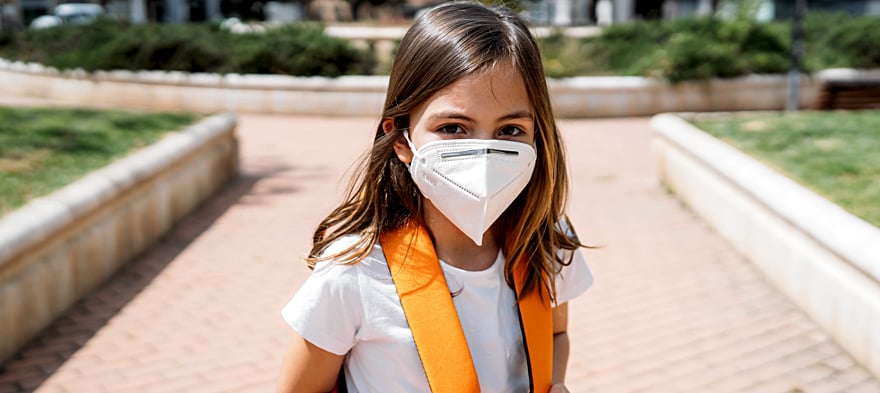
Jan 29, 2021 12:00:00 AM
Ask just about any parent, and they have stories about the rude awakening they received last year when schools shut down due to the coronavirus pandemic. From difficulties with internet access to week-long gaps in education, students have struggled to keep learning, and many have fallen behind. While most schools in my home state of Utah (and across the country) remained shuttered in fall 2020 due to COVID, we reopened our doors for in-person instruction at Freedom Preparatory Academy.
Through a growth mindset and a lot of hard work, we offered face-to-face instruction—here’s what we learned along the way and how we’ve seen our decision make a powerful difference in families’ lives.
The pandemic’s learning disruptions cemented the fact that families have different values, priorities and health needs—and they need different learning options. Having seen and heard stories about the drawbacks of virtual education, we felt it critical to provide an in-person option for our students and their families this academic year, and we believed that it could be done carefully and safely.
One of the biggest lessons we experienced is that many working families depend on in-person learning and need a safe place for their children to be during the school day. Families have been immeasurably grateful and eager to collaborate to have in-class learning.
At the same time, it’s been abundantly clear that in-person learning is not the right choice for every family. That’s why our organization has also developed an online branch of Freedom Preparatory Academy, so we can continue to serve families who desire remote learning during this time.
The second lesson of this past year is that developing organizational adaptability is key to serving families. Our decision to offer face-to-face instruction wasn’t made in a day. It was enabled by the incredible measures we’d taken in the previous year to prep ourselves—and our students—to be ready and responsive to changing circumstances. At our secondary campus, for instance, every student has an electronic device and can access all of their schoolwork online.
A third, equally important lesson that stands out is the tangible value of a strong school culture and mission. Our students and staff have gone above and beyond following safety protocols and being attentive to the new procedures we have put in place. Our strong school spirit and shared mission have helped us persevere and practice the protocols we needed to see low case numbers.
Finally, [pullquote]taking appropriate precautions to stem the spread of the coronavirus requires diligence and increased resources.[/pullquote] For instance, we reduced our face-to-face instruction time by one hour per day, for two reasons. The extra hour helps teachers prepare online instruction, in case a student has to quarantine. It also gives our custodial staff additional time to clean and sanitize the building every single day. There are extra costs associated with reopening safely, but we make the sacrifice because our families need this school choice.
This National School Choice Week, we celebrate how school choice allows families to find student-centered learning environments that work for them. At Freedom Preparatory Academy, we’ve seen how reopening our doors has made an impact on the students and families we serve. Our charter model has proven so successful that we look forward to opening an additional campus, in St. George, Utah, this coming fall.
While we take pride in what we have accomplished, we hope that each and every family has the ability to select the school—even if it isn’t ours—that best meets their child’s needs. The next generation deserves nothing less.
Jonathan Kano is Dean of Students at Freedom Preparatory Academy in Utah.
Few issues in education spark more tension and debate than standardized testing. Are they a tool for equity or a burden on students? A necessary check on school systems or a flawed measure of...
Charter schools are public schools with a purpose. Operating independently from traditional school districts, they're tuition-free, open to all students, and publicly funded—but with more flexibility...
Despite the benefits of a diverse teaching force, prospective teachers of color fall out of our leaky preparation pipeline at every stage: preparation, hiring, induction, and retention. Here’s what...
Ed Post is the flagship website platform of brightbeam, a 501(c3) network of education activists and influencers demanding a better education and a brighter future for every child.
© 2020-2025 brightbeam. All rights reserved.
Leave a Comment